Ambitious Rico in a huge feed mill park
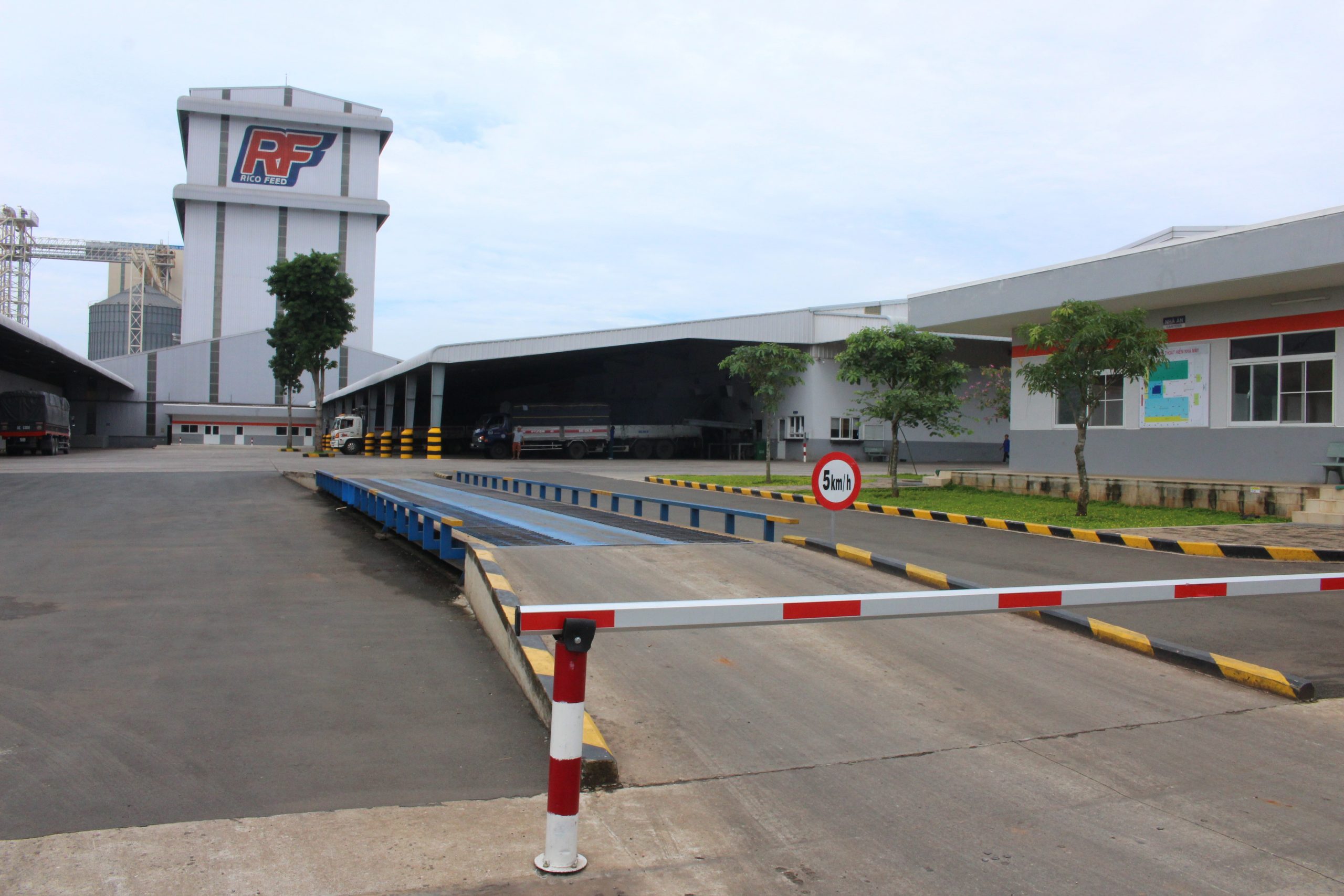
It is no secret that Vietnam is full of promise for the international livestock business. The country has a big appetite for pork, poultry and fish – hence the animal husbandry industry is growing and professionalising at a rapid pace. All About Feed visited the newest facility of Rico Feed in Dong Nai province.
Exactly how rapidly Vietnam’s feed business is growing can easily be seen in Vietnam’s Dau Giay industrial zone in Dong Nai province, located just north east of Ho Chi Minh City. The industrial zone contains a concentration of about 10 fairly new feed mills located together – one prominent feed mill is by Dutch animal nutrition company De Heus. The area has to be reached by road, as there are no trains or waterways in the immediate vicinity.
Young company
A feed company from Vietnamese origin is Rico Feed, a young, rapidly growing feed producing firm that was established in 2013. Only recently, it completed building its third – and largest – feed mill. Previously, the company had already established feed mills in Hau Giang and in Tay Ninh provinces, both also in southern Vietnam.
The new mill, named Rico Dong Nai, is built on a 4 ha area, has an annual production capacity of 300,000 metric tonnes. It was constructed for over 240 billion Vietnamese dong (US$ 10.5 million). The brand new facility has a horseshoe shape, with on the left, a large, rectangular storage building (7,000 m2) for reception and storage of raw materials and additives; on the right a similar-sized rectangular building (6,000 m2) for storage and transport of finished feed.
Connecting, in the ‘curve’ of the horse shoe, is a 45 m tall compound feed mill tower, equipped with 45 storage bins. Included is also a premix line (4 metric tonnes/hour). In the spacious inner courtyard is a large weigh bridge for vehicles up to 18 m long. On the roadside, visitors are welcomed by a three-storey administration and meeting building.
Interestingly, incoming trucks can be placed on a ‘receiving system’. This system can partially lift trucks up to allow the feed to easily slide out of the container using gravity. It can deal with trucks weighing up to 100 metric tonnes.
The bigger picture
Rico Feed, indicating that its prices are slightly higher than average in the market, aims to deliver quality feed. It is the first to acknowledge that despite its quick growth, it is a relatively small player in the Vietnamese feed market, which in total had a demand of 27.5 million metric tonnes in 2017. The market leader is Thailand’s Charoen Pokphand, followed by Masan and Cargill. Rico Feed is ambitious though, as it aims to be established all over Vietnam and even in some neighbouring countries in the years to come.
As for raw materials – generally in Vietnam, about 50% is imported. Corn can be grown locally but often, corn as well as soybeans are imported from South America and the United States. The vast majority (about 90%) of the finished feed comes in pelleted form and will eventually be sold to swine farms; the remainder is mainly sold to duck and poultry facilities.
Although some of the customer farms in the area already use bulk feed, about 75% of the material is sold in bags. Eventually the feed gets sold to farms of all sizes. In this respect, the Vietnamese market is relatively fragmented, something which is reflected in the high number of sales people at the new Rico feed plant: over 200.
This visit was possible with the kind assistance of Lallemand Animal Nutrition.
Interested to read more? Tan Uyen pig farm uses animal nutrition from this Rico Feed facility.
Join 26,000+ subscribers
Subscribe to our newsletter to stay updated about all the need-to-know content in the feed sector, three times a week. Beheer
Beheer

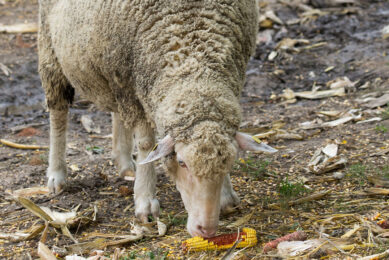
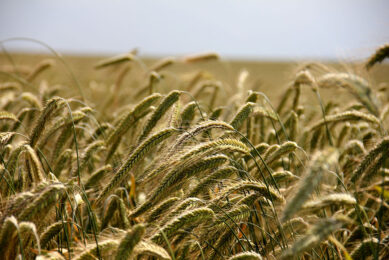
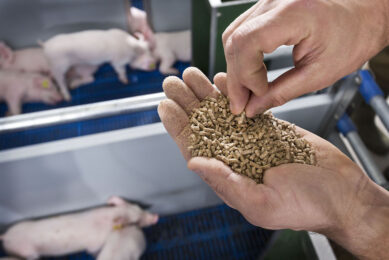
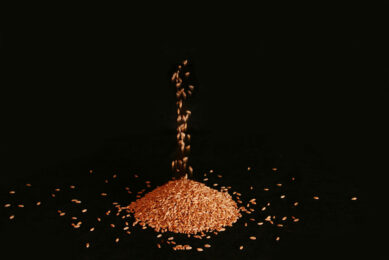




 WP Admin
WP Admin  Bewerk bericht
Bewerk bericht